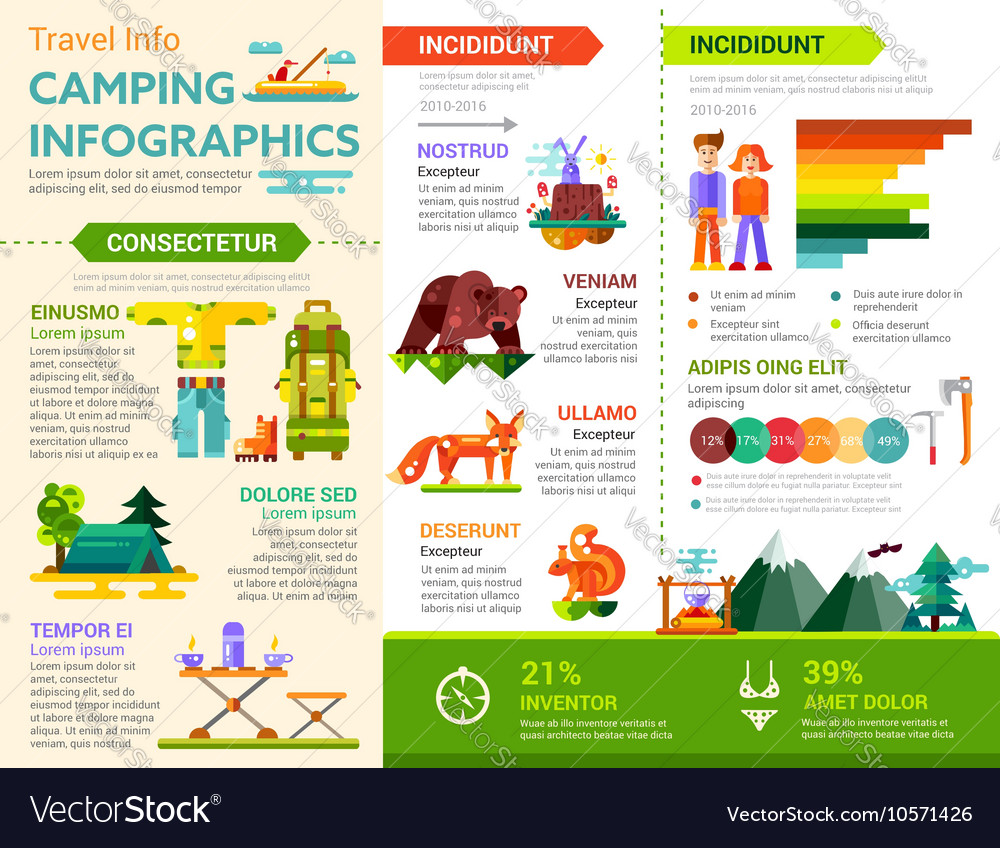Log On Cash In Online Sales Of Your Camping Tents
The History of Bell TentsThe conelike shape of a bell tent makes it one of the most successful shelter designs in history. Known by numerous names, including the Tipi, Chum, Goahti, Lavvu, or Nentsi, these single-pole cotton canvas tents were designed with practicality in mind.
Where can I pitch a tent?
Their simpleness and convenience of setting up made them suitable for cultures on the move. This very same capability caught the eye of leisure campers, who soon incorporated short walls to create a classic outdoor tents layout that we currently called the Bell Outdoor tents.
Beginnings
Bell camping tents are a tried and evaluated type of immediate accommodation. Their roomy interiors and practical design-- they are tough, very easy to establish and can hold up against strong winds as a result of their iconic bell form-- have actually made them a preferred option for camping and glamping.
The contemporary bell camping tent traces its roots back to a 19th century military tent designed by Henry Sibley. He adapted the design of the American Indian tipi to produce his unique outdoor tents which was after that embraced by the army for use in army camps and explorations.
The concepts of this tent-- rugged and difficult canvas offering a home-away-from-home for travellers-- have been refined over time to suit the demands of contemporary campers. As an example, modern glamping outdoors tents supply services such as carpets and beds to boost the convenience of campers. These functions also aid to maintain the integrity of the original style and secure against the elements.
Armed forces Use
In the 19th century, bell tents were first used as army area sanctuaries. They were a prominent choice because they were durable, large, and simple to set up. Today, these outdoors tents are prominent among campers and glampers for their fashionable and functional style.
They are also extensively made use of in army and rescue procedures, where quick release is crucial. Their basic structure means that they can be established in a short amount of time, providing personnel more time to concentrate on the goal available.
The bell tent is generally made from a strong and weatherproof canvas, with a centre pole that's supported by a collection of secures. Period prints reveal that these camping tents were shaped extra like a cone than a squat structure, and the wall surfaces were tiny in connection with the height of the facility pole. This allowed them to stand up camping cot to wind and rainfall. They were typically made use of by the ANZAC troops on their explorations across Europe and Gallipoli.
Glamping
Glamping is a modern-day outside leisure activity that has actually become progressively preferred. People from all profession are trying to find a way to take pleasure in the great outdoors comfortably and style. Whether it's an enchanting vacation or a family outdoor camping trip, a high quality tent can make all the distinction.
A bell tent's round form assists with security in windy problems, while its sizable interior can suit lots of people. It is additionally simple to establish, requiring just a central post and a conical canvas roofing that settles into a vast base.
The bell camping tent was designed by Henry Hopkins Sibley, an US Military soldier who offered on the Texas frontier in the 1850s. He took inspiration from tipis he saw, and established a layout that was durable and easily portable. His tent was patented in 1856.
Contemporary Use
Today, bell outdoors tents are a staple in boutique camping websites, festival holiday accommodations, and as elegant outside sanctuaries for weddings or resorts. Their stylish, ageless layouts blend practice with modernity, making them a favored among those trying to find one-of-a-kind and comfortable accommodations that are both cosmetically appealing and remarkably very easy to set up.
The modern-day bell outdoor tents traces its origins back to conventional outdoors tents used by nomadic tribes in Northern Europe, however experienced its prime time around the 19th century when canvas replaced animal hides as the main product. This change, combined with a functional design that prioritizes clearance, saw the emergence of a prominent army area shelter and, later, the iconic camping tent we understand as the bell.
In the 1850s, a United States Military soldier named Henry Hopkins Sibley produced the initial modern-day bell tent. Drawing ideas from the tipis he had seen on the Texas frontier, his new camping tent made use of a single central pole and vents to produce a framework that was both durable and easily portable.
What is the best one person tent?
